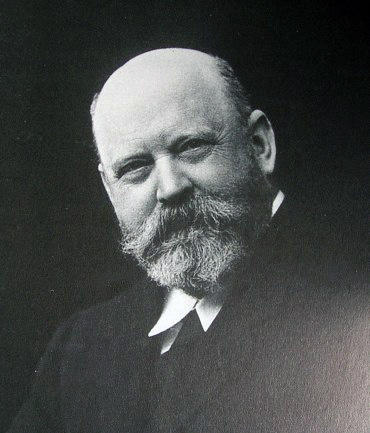
Zone d'identification
Type of entity
Forme autorisée du nom
forme(s) parallèle(s) du nom
Standardized form(s) of name according to other rules
Autre(s) forme(s) du nom
- 2nd Baron Rothschild, Baron de Rothschild
Identifiers for corporate bodies
Description area
Dates d’existence
Historique
Lionel Walter Rothschild, 2nd Baron Rothschild, Baron de Rothschild was a British banker, politician, zoologist and soldier. Rothschild studied zoology at Magdalene College, Cambridge. At its largest, Rothschild collection included 300,000 bird skins, 200,000 birds' eggs, 2,250,000 butterflies and 30,000 beetles as well as thousands of specimens of mammals, reptiles and fish. They formed the largest zoological collection ever amassed by a private individual. The Rothschild giraffe, a subspecies with five ossicones instead of two, was named after him. Another 153 insects, 58 birds, 17 mammals, three fish, three spiders, two reptiles, one millipede and one worm also carry his name. Rothschild opened his private museum in 1892. It housed one of the largest natural history collections in the world and was open to the public. In 1932, he was forced to sell the majority of his bird collection to the American Museum of Natural History. In 1933, he was one of eleven people involved in the appeal that led to the foundation of the British Trust for Ornithology, an organisation for the study of birds in the British Isles. On his death in 1937, his museum and all of its contents were given in his will to the British Museum (Natural History). The Walter Rothschild Zoological Museum at Tring is now a division of the Natural History Museum